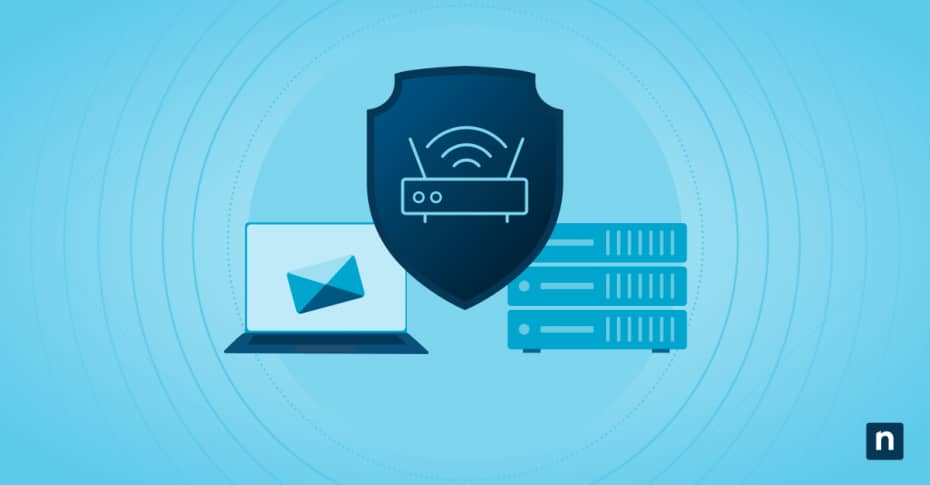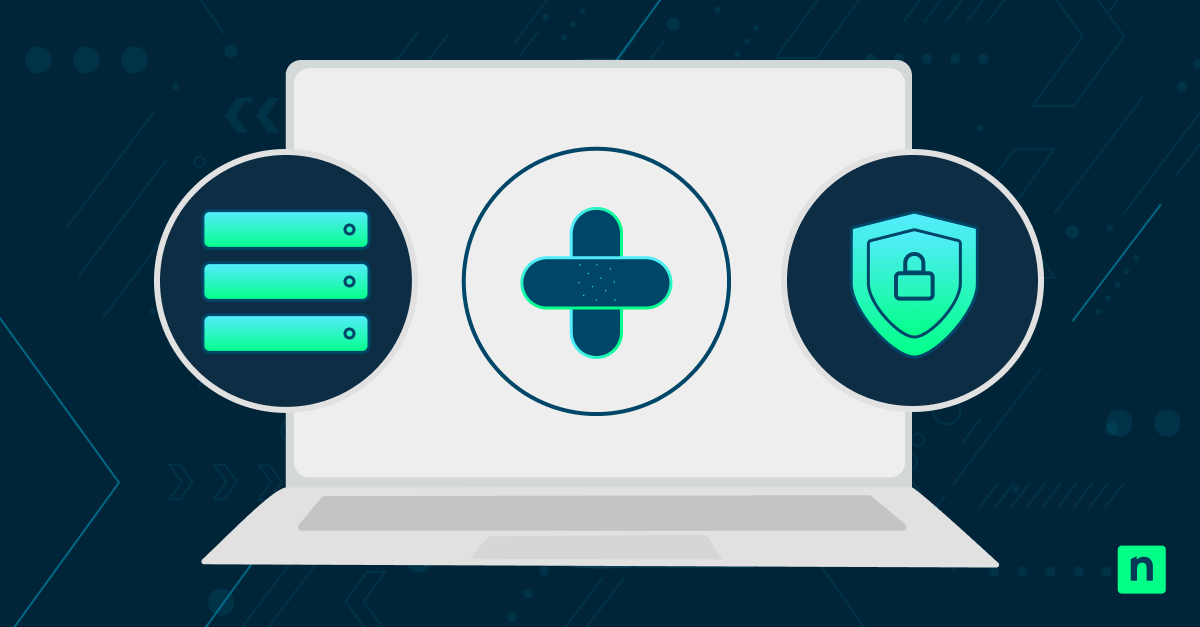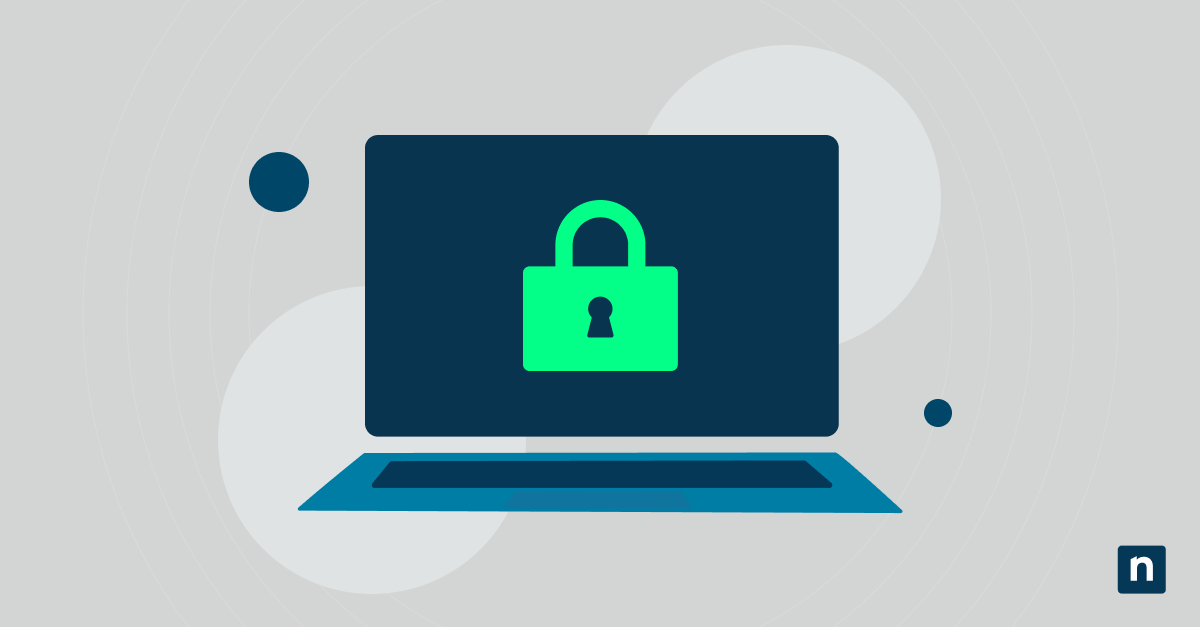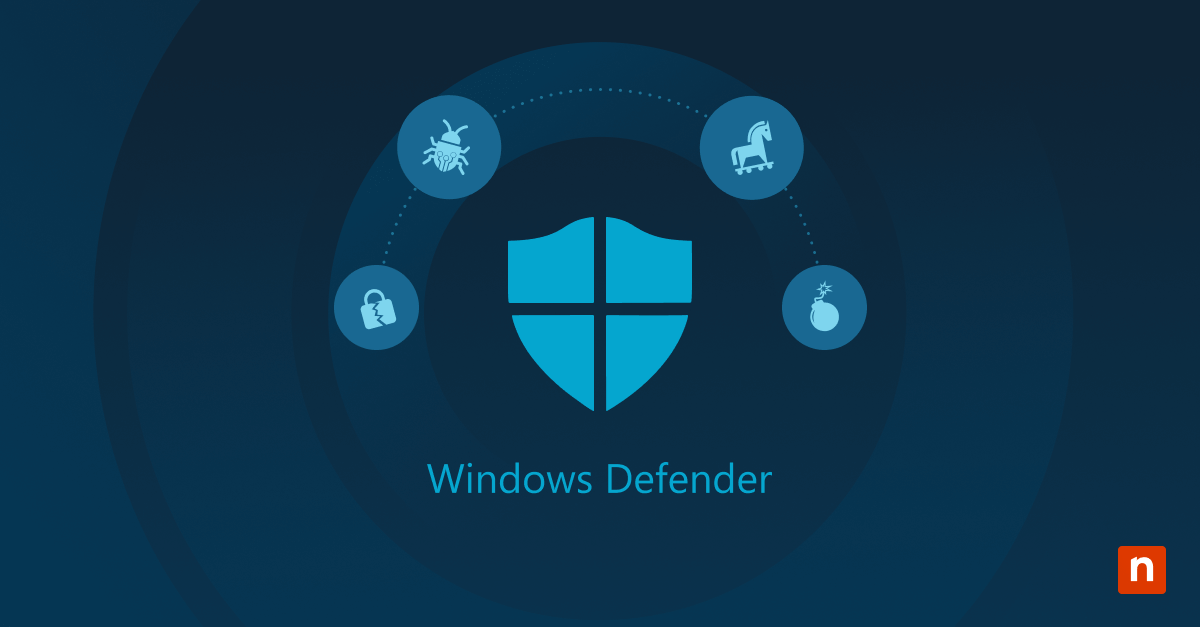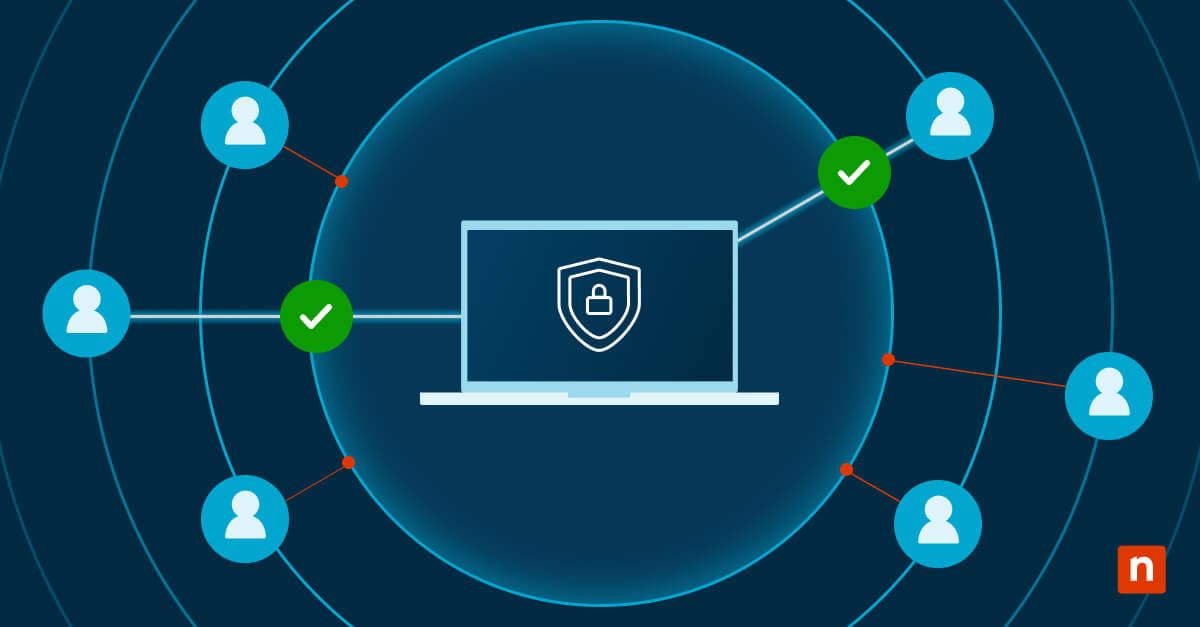In today’s fast-paced digital world, email has become an indispensable tool for communication in both personal and professional spheres. From exchanging critical business information to connecting with friends and family, email plays a pivotal role in our daily lives. However, with the increasing reliance on email comes the need to ensure its security, integrity, and reliability.
Email security is paramount to protecting sensitive data, maintaining message integrity, and thwarting potential threats such as phishing attacks, malware distribution, and unauthorized access. By implementing robust security measures, organizations can mitigate risks and safeguard their email infrastructure against evolving cyber threats. This guide explores email server security best practices and provides valuable insights for safeguarding email communications.
What is a secure email server?
A secure email server is a computer system responsible for sending, receiving, and storing emails securely. It ensures that email communications remain confidentia, and protected from unauthorized access or tampering. For a detailed guide on setting up an email server, you’re welcome to refer to NinjaOne’s comprehensive email server guide.
The role of a secure email server extends beyond mere message delivery. It serves as a cornerstone for data integrity and confidentiality, providing a secure channel for transmitting sensitive information, confidential documents, and critical business communications. These servers implement various encryption techniques, authentication mechanisms, access controls, and monitoring systems to safeguard sensitive information transmitted via email.
Key features of a secure email server
- Encryption: Secure email servers use encryption protocols such as Transport Layer Security (TLS) or Pretty Good Privacy (PGP) to encrypt email messages in transit and at rest. This ensures that emails cannot be intercepted or accessed by unauthorized parties.
- Authentication: Secure email servers enforce strong authentication mechanisms to verify the identities of users sending and receiving emails. This often involves multi-factor authentication (MFA) or digital certificates to prevent unauthorized access to email accounts.
- Access controls: Access controls are implemented to restrict access to email accounts and ensure that only authorized users can view, send, or modify emails. Role-based access controls (RBAC) and permission settings help enforce these access restrictions.
- Anti-malware and anti-spam protection: Secure email servers include built-in anti-malware and anti-spam filters to detect and block malicious attachments, phishing emails, and spam messages. These filters help prevent email-borne threats from reaching users’ inboxes.
- Data Loss Prevention (DLP): DLP mechanisms are employed to prevent the unauthorized disclosure of sensitive information through email. DLP policies are able to detect and block emails that contain confidential data such as social security numbers, credit card numbers, or intellectual property.
- Auditing and logging: Secure email servers maintain comprehensive audit logs of email activities, including message delivery, access attempts, and configuration changes. These logs are essential for monitoring and investigating security incidents or compliance violations.
- Secure configuration: Secure email servers are configured according to industry best practices and security standards to minimize the risk of vulnerabilities and ensure a hardened security posture. This includes regular patching, disabling unnecessary services, and implementing security baselines.
10 email server security best practices
In addition to the technologies leveraged by secure email servers, the following configuration best practices should be adopted to optimize overall security posture:
#1. Change default passwords
Default passwords pose a significant security risk as they are often easily exploited by attackers. It’s essential to change default passwords promptly upon setting up an email server to prevent unauthorized access. When creating new passwords, opt for strong and unique combinations of characters, including uppercase and lowercase letters, numbers, and special symbols. Avoid using easily guessable passwords such as “password123” or common phrases. Consider using password management tools to generate and securely store complex passwords.
#2. Setup SMTP authentication
SMTP (Simple Mail Transfer Protocol) authentication is a mechanism used to verify the identity of users sending emails through an email server. Enabling SMTP authentication helps prevent unauthorized users from relaying emails through the server, minimizing the risk of spamming and abuse. Configure SMTP authentication settings within your email server’s administration panel. This typically involves enabling authentication options such as SMTP AUTH (Authentication) and configuring authentication credentials for valid users.
#3. Protect with MTA STS
Mail Transfer Agent Strict Transport Security (MTA STS) is a security mechanism designed to enforce secure communication between mail servers, mitigating the risk of man-in-the-middle attacks and eavesdropping during email transmission. It ensures that email traffic is encrypted and authenticated, enhancing overall email security. Implementing MTA STS involves configuring your email server to support the MTA STS protocol and publishing MTA STS policies in DNS records. This enables other mail servers to verify the authenticity of your server and enforce secure connections when exchanging emails.
#4. Use secure email protocols
Secure email protocols such as TLS (Transport Layer Security) and SSL (Secure Sockets Layer) encrypt email data during transit, preventing interception and unauthorized access by malicious actors. It’s essential to configure your email server to use these encryption protocols to protect sensitive information. Configure your email server software to support TLS and SSL encryption for incoming and outgoing email connections. This involves enabling encryption options within the server settings and ensuring that SSL/TLS certificates are properly installed and configured.
#5. Configure reverse DNS
Reverse DNS (Domain Name System) is a technique used to associate IP addresses with domain names, helping verify the legitimacy of email senders and detect potential spoofing or phishing attempts. Configuring reverse DNS for your email server enhances email authenticity and security. To set up reverse DNS, contact your DNS provider or hosting provider to create and configure reverse DNS records for your email server’s IP address. Ensure that the reverse DNS records accurately reflect the hostname and domain associated with your email server.
#6. Implement email firewalls
Email firewalls act as a frontline defense against malicious emails, filtering out spam, phishing attempts, malware, and other email-based threats before they reach users’ inboxes. Deploying email firewalls helps protect your email server and network infrastructure from potential security breaches and data loss. There are various types of email firewalls available, including perimeter email gateways, cloud-based email security services, and software-based email filtering solutions. Choose a solution that aligns with your organization’s security requirements and integrates seamlessly with your email server.
#7. Update & patch servers regularly
Keeping email server software up to date is critical for addressing known vulnerabilities, bugs, and security flaws that could be exploited by attackers. Regular software updates and patches help maintain the integrity and security of your email server environment. Establish a routine schedule for applying updates and patches to your email server software, operating system, and associated components. Monitor vendor announcements, security advisories, and patch release notes to stay informed about the latest updates and security fixes.
#8. Activate SPF to prevent spoofing
Sender Policy Framework (SPF) is an email authentication method that helps prevent email spoofing and forged sender addresses by verifying the authenticity of email senders. By configuring SPF records for your domain, you can specify which servers are authorized to send emails on your behalf, reducing the risk of spoofed emails being delivered. To configure SPF records, access your domain’s DNS settings and add a TXT record containing the SPF policy information. Specify the IP addresses or hostnames of authorized email servers using the SPF syntax and set the appropriate SPF policy for your domain.
#9. Limit access to your email server
Access control measures are essential for restricting unauthorized access to your email server and preventing potential security breaches. Implement granular access controls, user authentication mechanisms, and privilege management policies to control who can access sensitive email data and server resources. Define user roles, permissions, and access levels based on job responsibilities and the principle of least privilege. Utilize username/password authentication, multi-factor authentication (MFA), and IP-based access restrictions to authenticate and authorize users for secure server management.
#10. Provide training
Educating employees about email security best practices is crucial for building a security-aware culture and mitigating the risk of human error-related security incidents. Develop a comprehensive training program covering various aspects of email security, including identifying phishing emails, recognizing suspicious attachments, and practicing safe email usage habits. Conduct regular training sessions, workshops, and awareness campaigns to reinforce email security awareness among employees. Provide practical examples, real-world scenarios, and interactive learning materials to engage employees and promote active participation in email security training initiatives.
Enhance the resilience and integrity of your email infrastructure
Email is integral to communications worldwide. However, with the convenience and ubiquity of email comes several security challenges, ranging from phishing attacks and malware distribution to data breaches and unauthorized access. Securing your email server is not just a matter of safeguarding sensitive information – it’s a fundamental aspect of maintaining business continuity, protecting customer trust, and upholding regulatory compliance standards.

